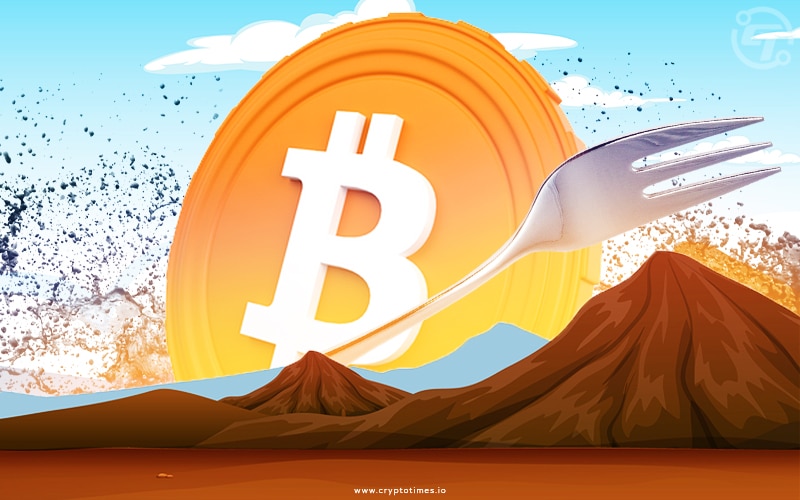Bitcoin is a decentralized digital currency that has been gaining popularity since its inception in 2009. However, its ecosystem has become increasingly complex due to the emergence of forks and splits. Understanding these concepts is important for Bitcoin investors and users, as they can have a significant impact on the value and stability of the cryptocurrency.
What is a Fork?
In the context of Bitcoin, a fork refers to a change in the protocol that results in the creation of a new version of the blockchain. There are two types of forks: soft and hard forks. A soft fork occurs when a change in the protocol is backward-compatible, meaning that nodes that have not upgraded can still validate new transactions. In contrast, a hard fork results in a permanent split in the blockchain, where nodes that have not upgraded will no longer be able to validate transactions on the new version of the blockchain.
Examples of notable Bitcoin forks include Bitcoin Cash, Bitcoin Gold, and Bitcoin SV, which were created through hard forks.
What is a Split?
A split in the context of Bitcoin occurs when the community disagrees on a significant change in the protocol, resulting in a permanent division of the blockchain. The split can happen either as a result of a hard fork or a community-led movement to create a new version of the blockchain.
Examples of notable Bitcoin splits include the creation of Bitcoin Classic, Bitcoin Unlimited, and Bitcoin XT.
What Happens When a Blockchain Splits?
When a blockchain split occurs, it creates a new blockchain with its own set of rules, and often a new cryptocurrency as well. Anyone who held the original cryptocurrency before the fork will typically receive an equal amount of the new cryptocurrency on the new blockchain, provided they hold their cryptocurrency in a wallet that supports the new cryptocurrency.
For example, when Bitcoin forked to create Bitcoin Cash, anyone who held Bitcoin in a wallet that supported the fork received an equal amount of Bitcoin Cash as they held in their Bitcoin wallet.
It’s important to note that the value of the new cryptocurrency may differ from the original cryptocurrency, as it will be subject to its own market forces and adoption rate.
Forks vs. Splits
The key difference between forks and splits is that forks can occur without a division in the community, while splits occur due to a disagreement in the community. A fork can be temporary, as nodes that have not upgraded can still validate transactions on the old version of the blockchain. In contrast, a split is permanent, as nodes that have not upgraded will no longer be able to validate transactions on the new version of the blockchain.
Bitcoin forks and splits can have a significant impact on the value and stability of the cryptocurrency. For investors, it is important to understand the potential risks and rewards of investing in a forked or split version of Bitcoin. For users, it is important to stay informed about changes in the protocol and to ensure that their transactions are validated on the correct version of the blockchain.
Impact on Bitcoin Value
Forks and splits can have a significant impact on the value of Bitcoin. In some cases, the creation of a new version of the blockchain can result in a significant increase in value, as seen with the creation of Bitcoin Cash. However, in other cases, forks and splits can lead to a decrease in value, as seen with the Bitcoin Gold fork.
Historical Examples of Value Fluctuations due to Forks and Splits
The Bitcoin Cash fork in 2017 resulted in a significant increase in the value of the cryptocurrency, with prices reaching over $4,000 USD. However, the Bitcoin Gold fork in the same year resulted in a decrease in value, with prices dropping from $4,000 USD to below $3,000 USD.
Conclusion:
Understanding Bitcoin forks and splits is important for investors and users in the cryptocurrency ecosystem. These concepts can have a significant impact on the value and stability of Bitcoin, and staying informed is key to making informed decisions. As the Bitcoin ecosystem continues to evolve, it is important to stay up-to-date on changes in the protocol and to ensure that transactions are validated on the correct version of the blockchain.






